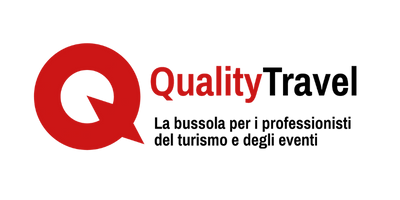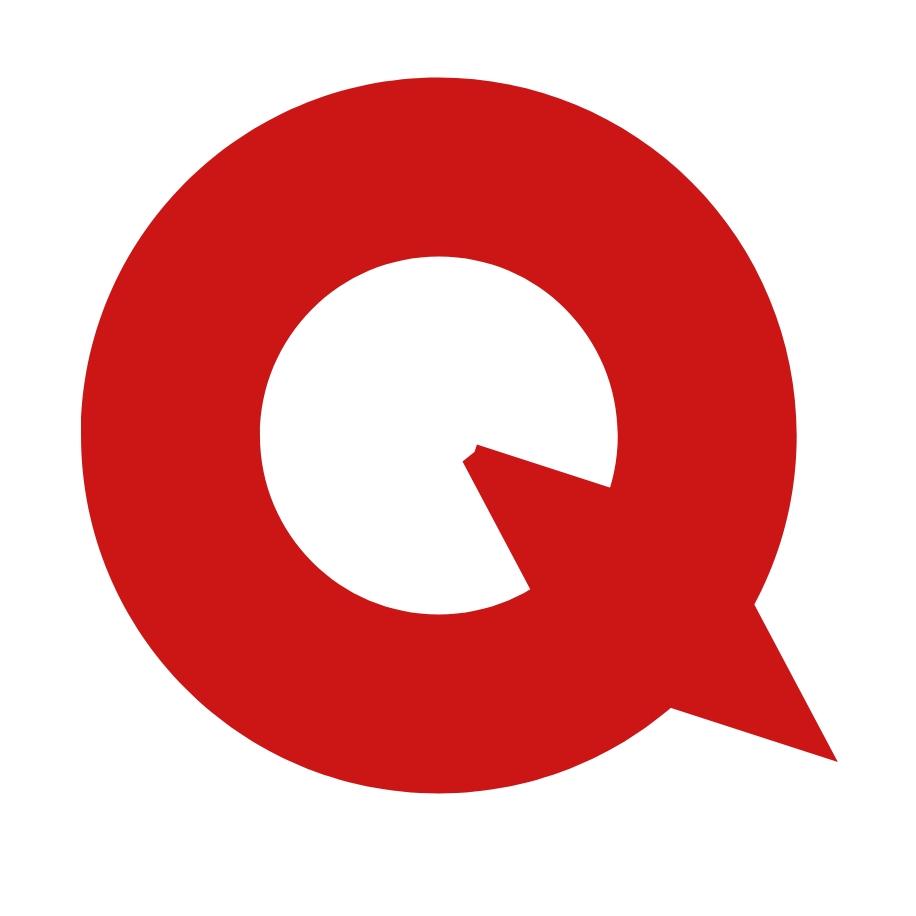Information technology – as I stated at the end of my latest article – plays now a leading role in hotel management. Especially the use of big data is revolutionizing hotel reservations.
Once just a register was needed to monitor both attendance and assigned rooms.

Then the first management systems (PMS – Property Management System) came up, greatly enhancing the work of hotel owners and making management more transparent – as required by the spread of credit card payments.
Management systems were not just aimed to record attendance or rooming but they also got to solve any accounting problems: automatic invoice issuing, additional services counting, mandatory registrations for the supervisory bodies.
With the growth of sales via Ota (online travel agency) the online booking systems on the hotel websites grew in importance, and as a result, to avoid losses of time, channel managers were invented – computer systems allowing to distribute the price of each room on the hotel website as well as, at the same time, on all Ota.

These tools must be now linked to each other. Bookings must be immediately taken over by the management system. This applies even more than in the past, due to the development of last minute bookings caused by the increase in mobile sales.
So what happens with the prices and with the rack rates?
The tendency is to avoid the publication of the price-per-period list on the hotel website, and rather to verify the availabilities and speed up bookings directly using either the website’s or the Ota’s online booking tools.
So how do sale prices get to be made up? Well it is here that, after software alignment, “big data” and business intelligence pop in.
The collection of all booking data made over the years, if compared with the sales prices of competitors as well as with data from the passengers arriving in neighbouring airports (those from which the deepest flow of travellers/tourists is expected) and with the hotel occupancy rate considered day to day, and if entered, along with all this data, in a software connected to both the PMS, the channel manager and the booking tool, allows a decision on the day-by-day most effective rate, so as to increase the marginal profit that the hotel must have to meet nowadays’ increased needs of tourists/travellers.
The quality of the hospitality, the attention to the needs – even the intimate ones – of the host, business intelligence and big data are the proper leverages to let our tourism industry enter a new Renaissance.

